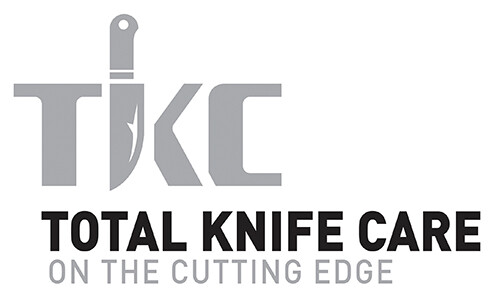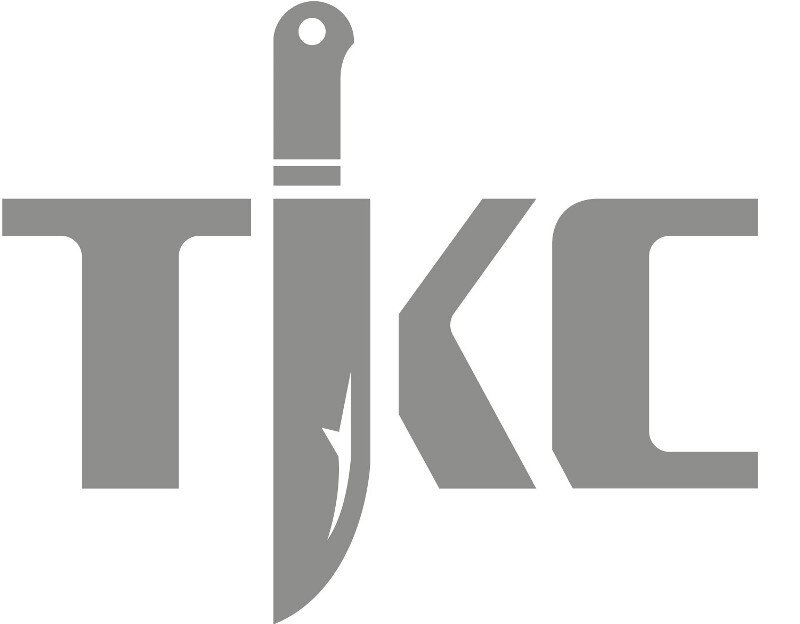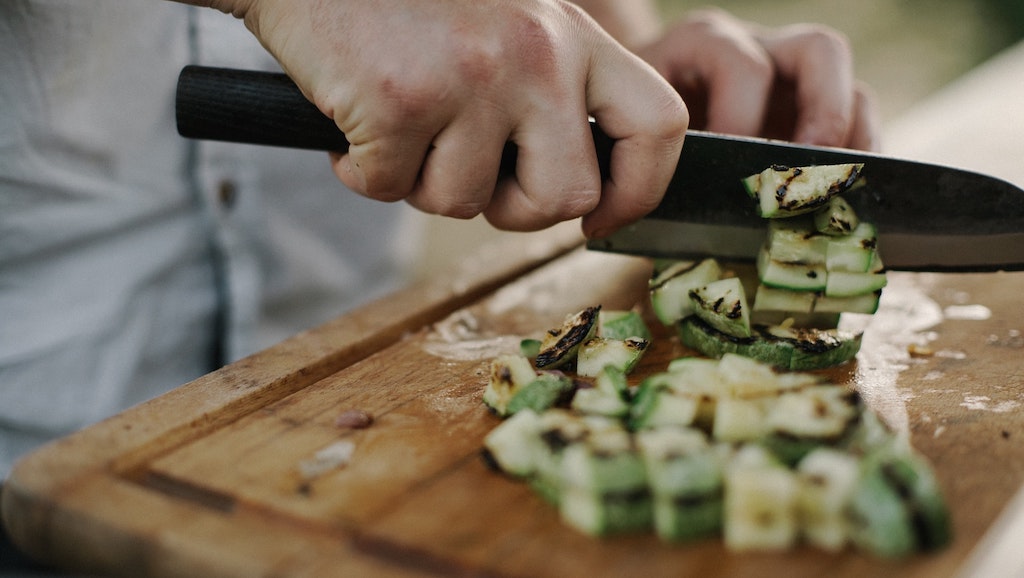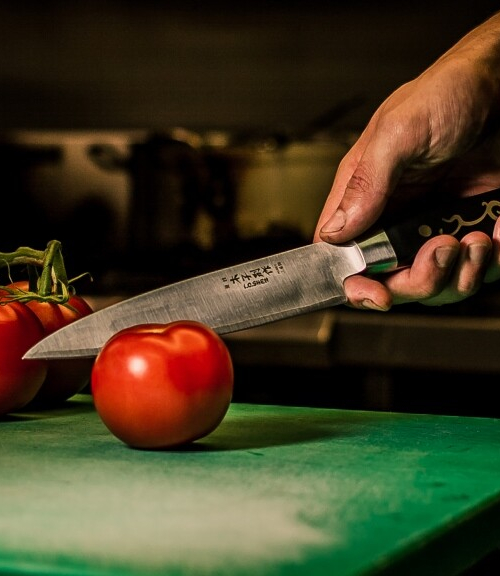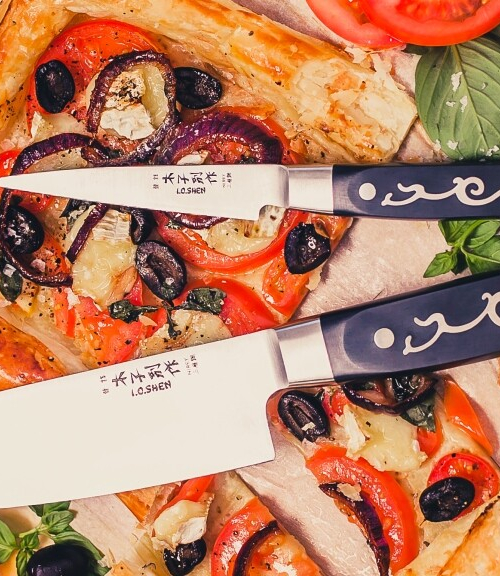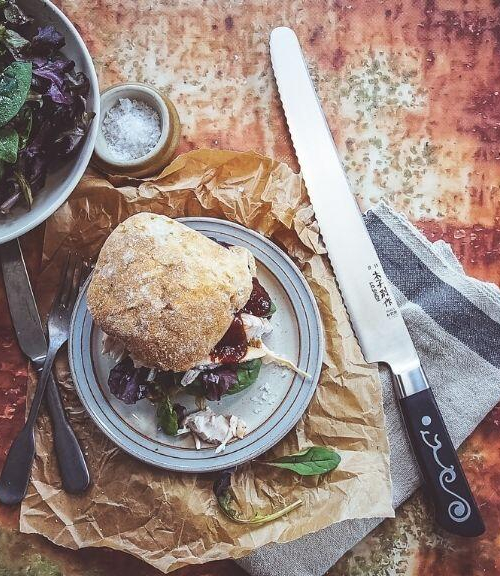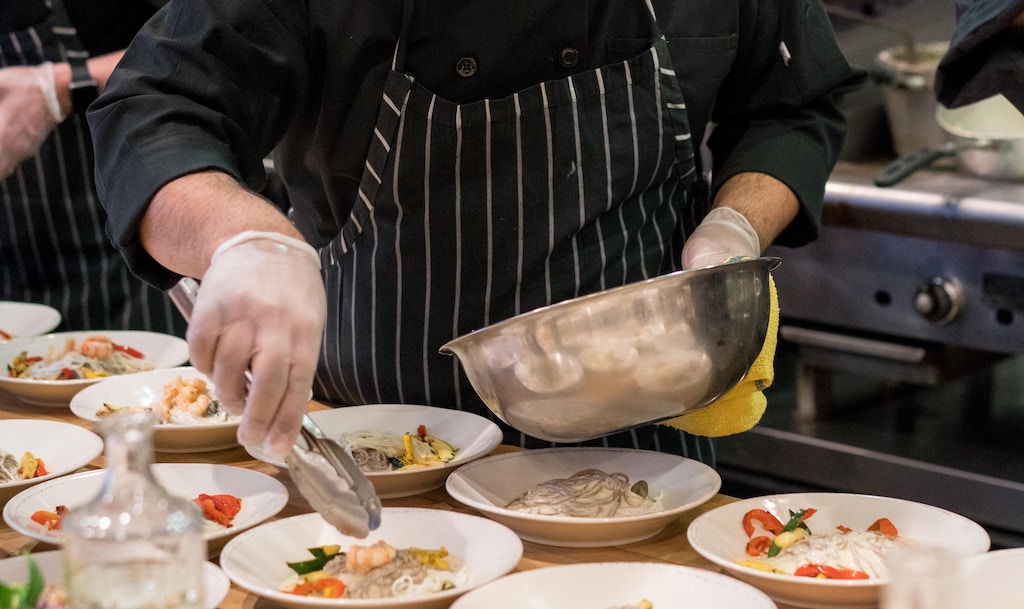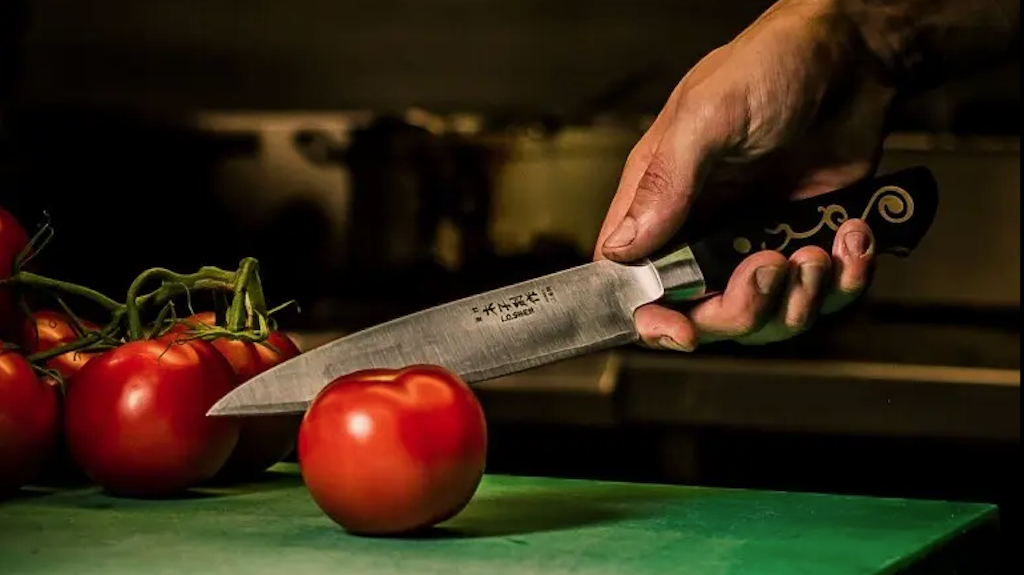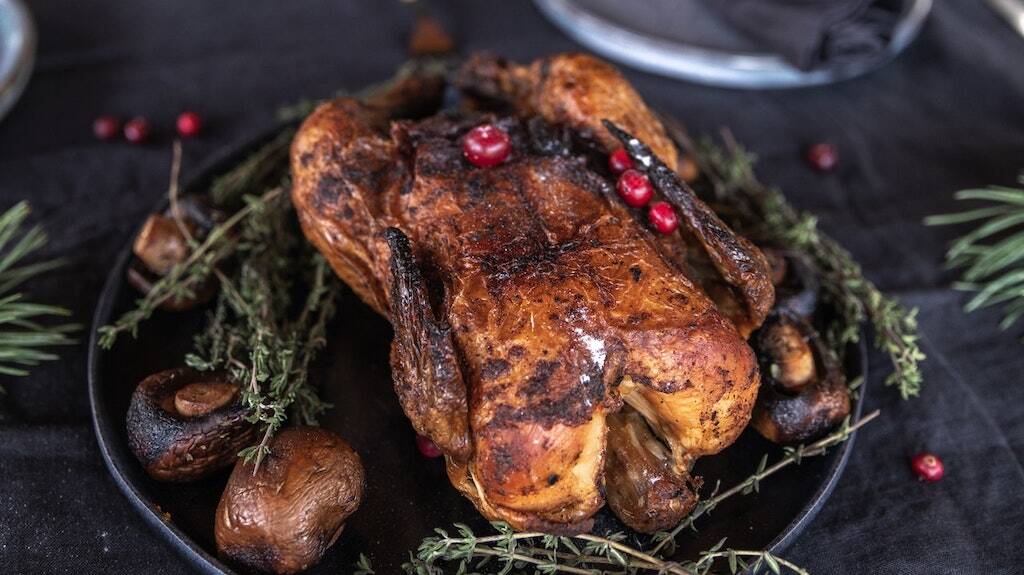Essential knife skills
In truth most people don’t really think about knife ‘skills’ – instead it’s assumed to be pretty straightforward. To quote Jeremy Clarkson of Top Gear fame, ‘how hard can it be?’.
But if you want to get really good in the kitchen or if you want to pursue a career as a chef, you need a few knife skills. It also doesn’t harm if you’re not bothered by either of these things as it will help you avoid injuring yourself with a knife in the kitchen.
This short article does not deal with all the different ways you can chop things up – we covered that in some detail in this article – Ten ways to cut it with your kitchen knives – way back in 2014, and things don’t change that quickly in the world of culinary skills, at least when it comes to knife skills, so we don’t think it’ll need updating any time soon.
Essential knife skills encompass a few important things, and some techniques to both avoid injury and to speed up your kitchen work. You may have the luxury of taking your time to prep food most of the time, but it’s good to know that if you have to up your chopping speed, you can do it without risking your fingers!
So without further ado, here are the main skills you need to master (in order, sort of)…
- Planning your approach to what you need to do
- Stop your chopping board from slipping
- Choosing the right knife for the job
- Checking your knife is sharp
- How to hold your knife correctly
- What to do with your other hand
- Cleaning up afterwards
1) Planning your approach to what you need to do
The French (who invented most of this stuff anyway) have a term for this – ‘mise en place’. This literally means putting everything in its right place before starting, ie preparation (or ‘prep’). It also technically covers all the steps before the actual cooking/food preparation and the clean up afterwards. Thinking ahead about how you’re going chop up all the ingredients that need to be chopped up is an important part of mise en place.
2) Stop your chopping board from slipping
You don’t want to be chopping things up while your surface is slip sliding around underneath you. If the chopping board is on a wet surface, it’s a good idea to put a tea towel or other cloth underneath to stop the slip factor. (Want to know which type of chopping board to get? Check this article)
3) Choosing the right knife for the job
You could – conceivably – do all your kitchen knife work with one knife. As long as it’s not too big or not too small. In practice it’s a good idea to use different knives for different jobs – small knives for delicate small-scale work and larger ones for the bigger jobs. The consensus in the culinary world is that there are just four knives you need… 1) a paring knife 2) a boning knife 3) a chef’s knife and 4) a serrated knife (see our article on this here). If you’re going to leave out one, the boning knife can go, the others are pretty much essential.
4) Check your knife is sharp
Did you know that using a blunt knife is more dangerous than using a sharp one? Read this article to find out why. And read this one for a variety of ways to test how sharp your knife is. If it fails the test, we recommend sharpening on a good electric knife sharpener (and we can recommend one of these!).
5) How to hold your knife correctly
Most people simply grasp the handle and start. This isn’t the right way to do it. The right way is to position your hand at the part of the handle that is closest to the blade, with your thumb and your index finger gripping the top of the blade (clearly not the sharp bit) – just like the main image above. This gives you much better control of the knife when cutting/chopping. The term used in the culinary world for this grip is ‘choke up’ – it has nothing to do with strangling anyone.
6) What to do with your other hand
Unless you’re a real knife genius, you’ll generally need to hold whatever it is you’re cutting with your other hand. There are a few ways to do this to make sure you get a good result without injuring yourself. The main techniques are…
The bridge
This is where you form a ‘bridge’ with your fingers holding what is being cut, allowing the blade to pass under the bridge. Repeat as necessary until you’ve finished.
The claw
To make multiple slices in, for example, an onion, your other hand should be positioned so that your grip looks like a claw, with fingers (and thumb) holding the item curled away from the path of the blade. This stops accidental chopping of fingers as well.
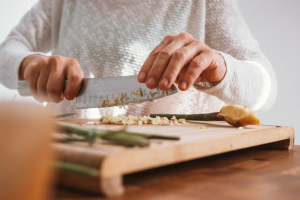 The cross chop
The cross chop
If you need to mince or chop whatever it is into smaller/finer pieces, a good way to do this is the ‘cross chop’ – with this method you place your other hand firmly on top of the blade at the pointy end and in a guillotine-like action bring the blade down onto whatever you’re chopping keeping the point of the blade on the chopping board.
SPACER
7) Cleaning up afterwards
This may seem like it doesn’t belong in this list but it does! To maintain the sharpness of your knives, it’s important to clean and dry them as soon as possible after you have finished. Also, leaving sharp knives lying around on surfaces in a busy kitchen is a recipe for foot – and other – injuries. So putting them safely away is important!
Have we missed anything here? Let us know if there’s anything you’d add or change to these skills.
Main Image: Max Delsid on Unsplash
Other Image: Conscious Design on Unsplash
